A Comprehensive Guide Dyeing is a crucial step in the textile industry as it adds color and vibrancy to fabrics. Tricot fabric, known for its fine texture and smooth feel, is a popular choice for various applications. Dyeing tricot fabric requires precision and attention to detail to achieve the desired results. In this article, we will explore the process of dyeing tricot fabric and the key factors to consider for a successful outcome. Preparation: Before dyeing tricot fabric, thorough preparation is essential. The fabric needs to be pre-treated, which involves scouring and cleaning. Scouring removes any impurities, such as dirt, oil, or sizing agents, from the fabric. This step ensures that the dye can penetrate the fibers evenly, resulting in consistent coloration.
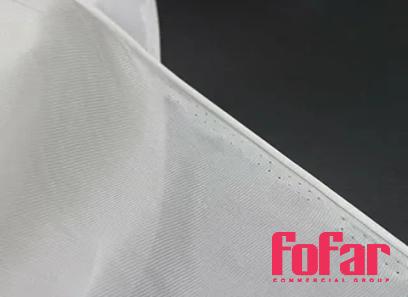
.
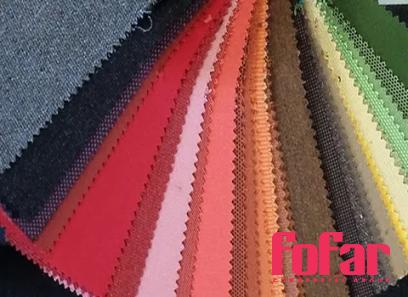 Dye Selection: Choosing the right dye is vital for successful tricot fabric dyeing. Acid dyes are commonly used for tricot fabric due to their excellent color fastness and vibrant shades. Acid dyes are suitable for synthetic fibers, such as polyester and nylon, which are often present in tricot fabrics. It is essential to select dyes that are compatible with the specific fiber content of the tricot fabric to achieve optimal color absorption. Dyeing Process: Once the fabric is prepared and the dye is selected, the dyeing process can begin. There are different methods for dyeing tricot fabric, including immersion dyeing, continuous dyeing, and exhaust dyeing. Immersion dyeing involves submerging the fabric in a dye bath and allowing it to soak until the desired color is achieved. This method ensures uniform color distribution but requires adequate equipment to handle large quantities of fabric.
Dye Selection: Choosing the right dye is vital for successful tricot fabric dyeing. Acid dyes are commonly used for tricot fabric due to their excellent color fastness and vibrant shades. Acid dyes are suitable for synthetic fibers, such as polyester and nylon, which are often present in tricot fabrics. It is essential to select dyes that are compatible with the specific fiber content of the tricot fabric to achieve optimal color absorption. Dyeing Process: Once the fabric is prepared and the dye is selected, the dyeing process can begin. There are different methods for dyeing tricot fabric, including immersion dyeing, continuous dyeing, and exhaust dyeing. Immersion dyeing involves submerging the fabric in a dye bath and allowing it to soak until the desired color is achieved. This method ensures uniform color distribution but requires adequate equipment to handle large quantities of fabric.
..
 Continuous dyeing is a suitable method for large-scale production. The fabric is fed through a dyeing machine, where it comes in contact with a continuous flow of dye. This process is efficient and suitable for high-speed production lines. Exhaust dyeing involves the fabric being dyed in a closed vessel or dyeing machine. The dye bath is heated, and the fabric absorbs the dye over a specified time. This method allows for precise control of dye uptake but may require longer processing times. Temperature and Time Control: Maintaining the proper temperature and time during the dyeing process is crucial. The dyeing temperature depends on the type of dye being used and the fabric’s composition. Polyester, for example, requires higher temperatures for effective dye absorption. Time control is equally important, as insufficient processing time may result in uneven coloration, while excessive processing time can lead to fiber damage. Color Matching and Testing: To ensure accurate color matching and desired results, it is advisable to conduct color tests before full-scale production.
Continuous dyeing is a suitable method for large-scale production. The fabric is fed through a dyeing machine, where it comes in contact with a continuous flow of dye. This process is efficient and suitable for high-speed production lines. Exhaust dyeing involves the fabric being dyed in a closed vessel or dyeing machine. The dye bath is heated, and the fabric absorbs the dye over a specified time. This method allows for precise control of dye uptake but may require longer processing times. Temperature and Time Control: Maintaining the proper temperature and time during the dyeing process is crucial. The dyeing temperature depends on the type of dye being used and the fabric’s composition. Polyester, for example, requires higher temperatures for effective dye absorption. Time control is equally important, as insufficient processing time may result in uneven coloration, while excessive processing time can lead to fiber damage. Color Matching and Testing: To ensure accurate color matching and desired results, it is advisable to conduct color tests before full-scale production.
…
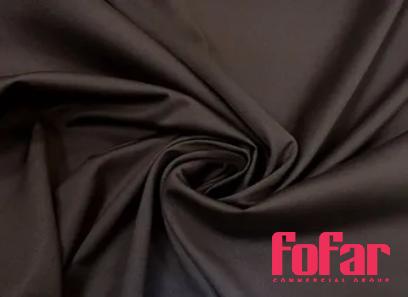 This allows for adjustments in dye concentration, temperature, or time, if necessary, to achieve the desired shade. Color testing reduces the risk of costly rework and disappointment stemming from inconsistent or unexpected color outcomes. Post-Dyeing Treatments: Once the fabric is dyed, post-dyeing treatments may be required to enhance the color’s stability and improve the fabric’s hand feel. Treatments such as rinsing, washing, and drying are commonly performed to remove excess dye, improve color fastness, and ensure the fabric’s integrity. These treatments are crucial for maintaining the tricot fabric’s softness and overall quality. Dyeing tricot fabric requires expertise, attention to detail, and adherence to specific dyeing procedures. By following the proper preparation, dye selection, dyeing methods, temperature and time control, color testing, and post-dyeing treatments, successful and vibrant results can be achieved. Whether it is for fashion, sportswear, or other applications, skillfully dyed tricot fabric is sure to fulfill the requirements of various market segments.
This allows for adjustments in dye concentration, temperature, or time, if necessary, to achieve the desired shade. Color testing reduces the risk of costly rework and disappointment stemming from inconsistent or unexpected color outcomes. Post-Dyeing Treatments: Once the fabric is dyed, post-dyeing treatments may be required to enhance the color’s stability and improve the fabric’s hand feel. Treatments such as rinsing, washing, and drying are commonly performed to remove excess dye, improve color fastness, and ensure the fabric’s integrity. These treatments are crucial for maintaining the tricot fabric’s softness and overall quality. Dyeing tricot fabric requires expertise, attention to detail, and adherence to specific dyeing procedures. By following the proper preparation, dye selection, dyeing methods, temperature and time control, color testing, and post-dyeing treatments, successful and vibrant results can be achieved. Whether it is for fashion, sportswear, or other applications, skillfully dyed tricot fabric is sure to fulfill the requirements of various market segments.

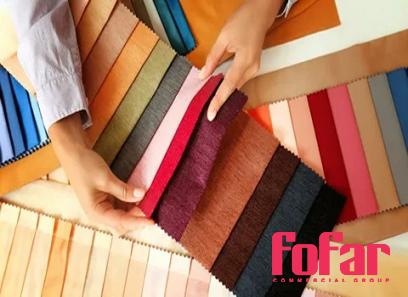



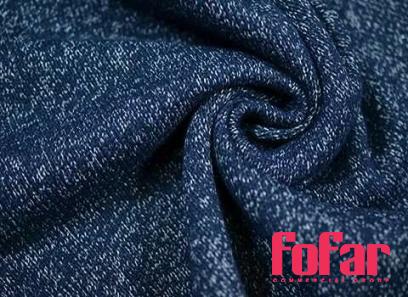
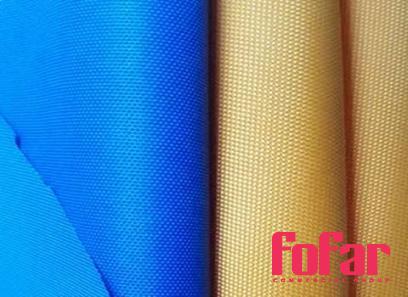
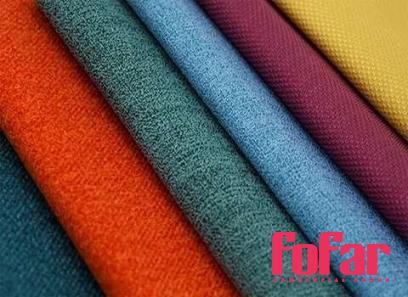


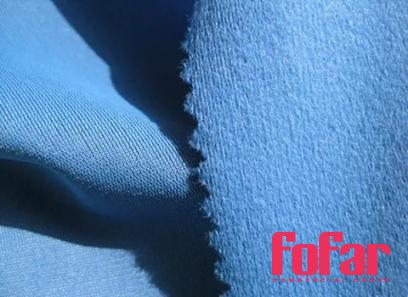
Your comment submitted.